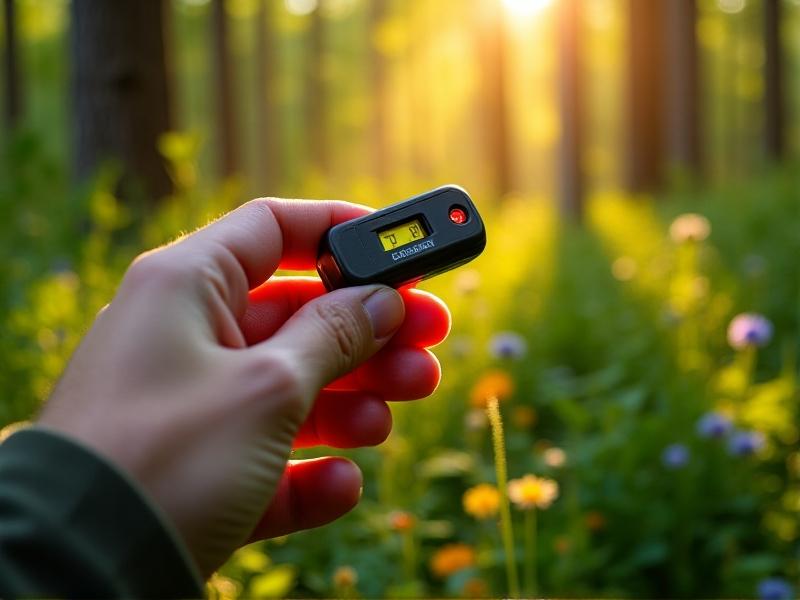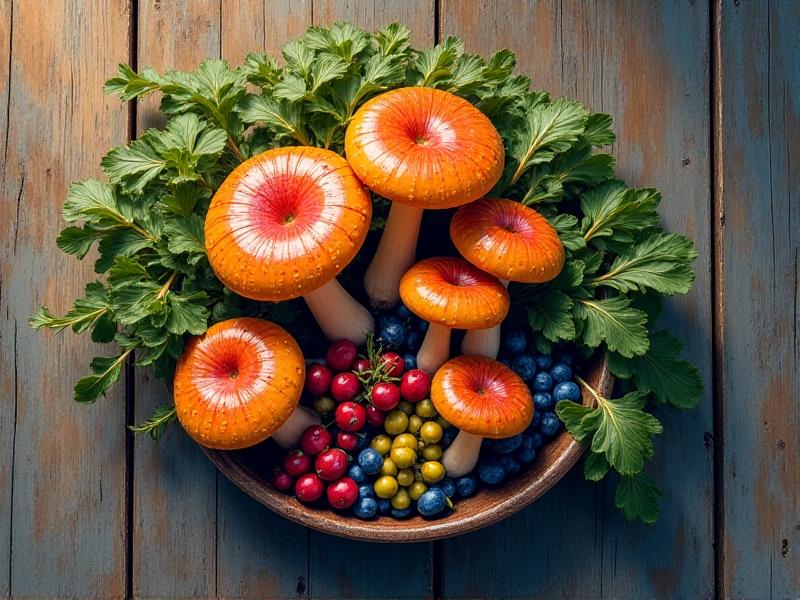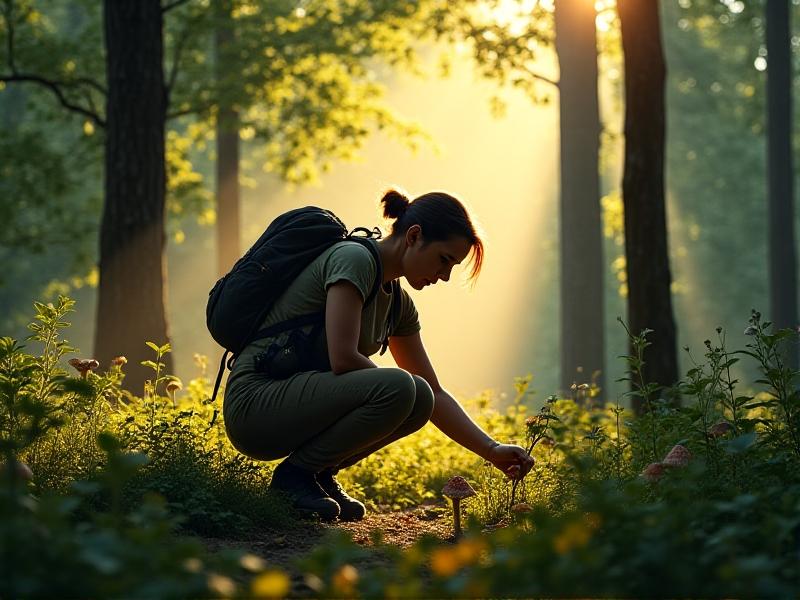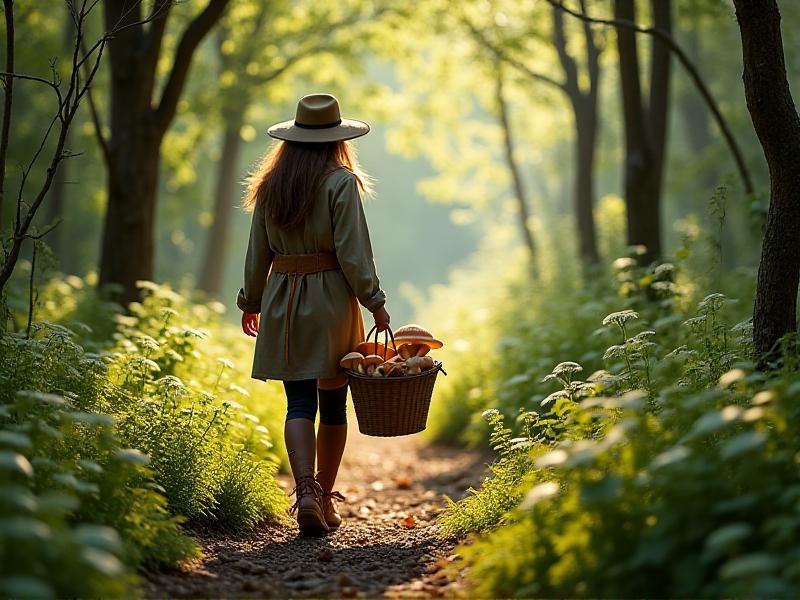Creating DIY Herbal Remedies from City-Harvested Wild Plants
Introduction to Urban Foraging and Herbal Remedies
Urban foraging, the practice of gathering wild plants in city environments, is gaining popularity as people seek sustainable and natural ways to improve their health. Cities, often seen as concrete jungles, are surprisingly rich in edible and medicinal plants. From dandelions in parks to nettles growing in abandoned lots, these wild plants can be transformed into powerful herbal remedies. This blog post will guide you through the process of creating DIY herbal remedies from city-harvested wild plants, offering practical tips, safety guidelines, and inspiring ideas to get started.

Identifying Safe and Edible Wild Plants in the City
Before you start harvesting, it's crucial to learn how to identify safe and edible wild plants. Misidentification can lead to serious health risks, so take the time to study local flora. Common city plants like dandelions, plantain, and chickweed are not only safe but also packed with nutrients and medicinal properties. Invest in a good field guide or use a reliable app to help with identification. Always double-check your findings and, when in doubt, consult an expert. Remember to avoid areas that may have been sprayed with pesticides or are near heavy traffic, as these can contaminate the plants.

Harvesting Techniques for Urban Wild Plants
Once you've identified safe plants, it's time to harvest them responsibly. Use clean, sharp scissors or a knife to cut the plants, leaving the roots intact to allow for regrowth. Harvest in the morning when the plants are most hydrated and full of nutrients. Be mindful of the environment—take only what you need and avoid overharvesting. Always ask for permission if you're foraging on private property. Proper harvesting techniques not only ensure the sustainability of the plants but also guarantee the best quality for your herbal remedies.

Preparing Your Harvested Plants for Remedies
After harvesting, it's essential to prepare your plants properly to preserve their medicinal properties. Start by gently washing them to remove any dirt or contaminants. Depending on the remedy you're making, you may need to dry, chop, or crush the plants. Drying is a common method for preserving herbs; you can air-dry them in a cool, dark place or use a dehydrator. Once prepared, store your plants in airtight containers away from direct sunlight. Proper preparation ensures that your herbal remedies are potent and effective.
Creating Simple Herbal Teas and Infusions
One of the easiest ways to enjoy the benefits of wild plants is by making herbal teas and infusions. Simply steep fresh or dried herbs in hot water for 5-10 minutes. Dandelion root tea, for example, is known for its detoxifying properties, while nettle tea is rich in vitamins and minerals. Experiment with different combinations to find your favorite blends. Herbal teas are not only delicious but also a gentle way to introduce your body to the healing properties of wild plants.
Making Herbal Salves and Balms for Skin Care
Herbal salves and balms are excellent for soothing skin irritations, cuts, and bruises. To make a basic salve, infuse your chosen herbs in a carrier oil like olive or coconut oil, then mix with beeswax to create a solid consistency. Plantain, known for its anti-inflammatory properties, makes a great addition to skin salves. Apply the salve to affected areas as needed. These natural remedies are gentle on the skin and free from synthetic chemicals, making them a safe choice for everyday use.
Brewing Herbal Tinctures for Long-Term Use
Herbal tinctures are concentrated extracts that preserve the medicinal properties of plants for long-term use. To make a tincture, soak your chosen herbs in alcohol or vinegar for several weeks, then strain the liquid. Tinctures are easy to store and use—just a few drops can be added to water or taken directly. They are a convenient way to incorporate the benefits of wild plants into your daily routine. Popular choices include dandelion tincture for liver support and elderberry tincture for immune health.
Safety and Ethical Considerations in Urban Foraging
While urban foraging offers many benefits, it's important to approach it with safety and ethics in mind. Always be aware of local regulations and respect private property. Avoid foraging in areas that may be contaminated with pollutants or pesticides. Be mindful of the impact your foraging has on the environment—take only what you need and leave enough for wildlife and other foragers. By foraging responsibly, you can enjoy the benefits of wild plants while preserving the natural ecosystem for future generations.
Incorporating Wild Plants into Your Daily Life
Once you've mastered the basics of urban foraging and herbal remedy-making, you can start incorporating wild plants into your daily life in creative ways. Add fresh herbs to your meals for a nutritional boost, use herbal teas as a calming bedtime ritual, or apply homemade salves to keep your skin healthy. The possibilities are endless, and the more you experiment, the more you'll discover the incredible potential of city-harvested wild plants. Embrace this natural approach to health and wellness, and enjoy the rewards of connecting with nature in an urban setting.








